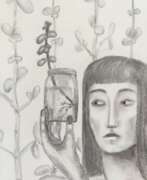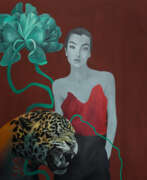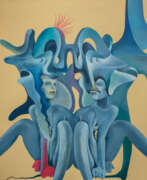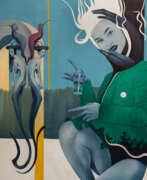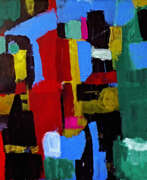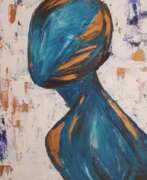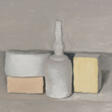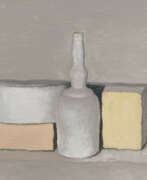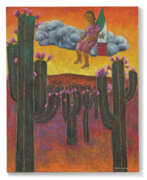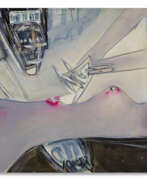Neo-figurative art
.jpg)
Neo-figurative art
Neo-figurative art marked a significant moment in the history of visual arts, emerging in the 1960s as an expressionist revival of modern figurative art. With its roots in Mexico and Spain, this movement became a poignant response to the abstract and conceptual art dominating the era.
The essence of Neo-figurative art lies in its return to the human figure, but with an expressionistic twist that challenges traditional forms. It is known for its vivid representation of reality, often infused with social and political commentary. The movement saw artists breaking away from nationalistic muralism in Mexico, as seen in José Luis Cuevas' work, which critiqued the Mexican Muralism for its allegiance to nationalism and depicted society's marginalized individuals with a striking poignancy.
Museums and galleries today house the incredible works of Neo-figurative artists such as Fernando Botero, whose portrayal of Pablo Escobar's death captures the violence in Colombia with haunting clarity, and Antonio Berni, who is celebrated for his unique approach to the movement. Their works not only convey strong emotional and cultural narratives but also reflect a deep engagement with the medium's expressive potential.
For collectors, auctioneers, and art and antique experts, Neo-figurative art represents a dynamic and culturally rich era in art history. Its celebrated artists and their renowned pieces continue to be the subject of exhibitions, such as the Museum of Latin American Art's showcase of Neo-Mexicanism, which explores the critical tendency within Mexican figurative painting of the 1980s.
Stay abreast of the impactful world of Neo-figurative art by subscribing to our updates. Receive exclusive information on new product sales, and auction events, and deepen your collection with masterpieces that speak volumes of the world's cultural and social narratives.
| Country: | Europe, Mexico, South America, Spain |
|---|---|
| Start of the period: | 1960 |

